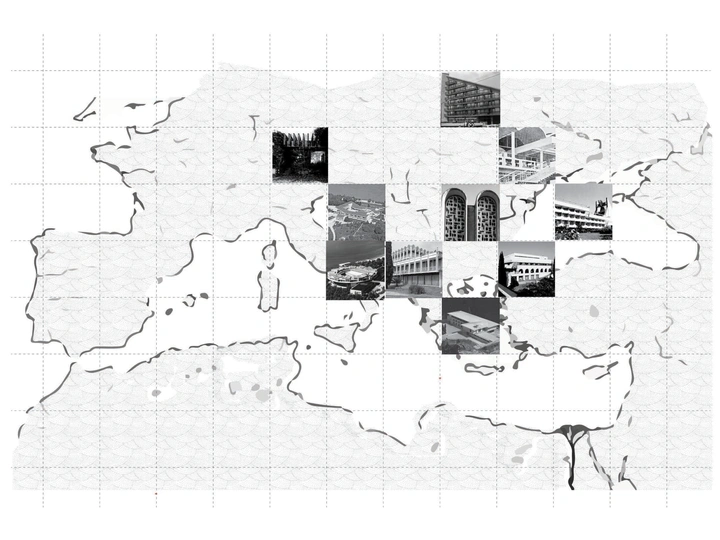Re-narrating Residencies

I started my journey from Sofia, capital of Bulgaria and went to University of Technology Vienna for my Bachelors. For my bachelors graduation project led by Architect Tina Gregoric, I took part in discussions with experts and municipality representatives about the development of an underused holidaying facility for the Viennese choir. From there my interest in the potential of unused and abandoned modernist heritage buildings started. Changing context to Milan and Politecnico di Milano for my Masters, I got selected to take part in the course ‘Laboratorio del Construire’ led by the renowned architect Renzo Piano, where an old project of his had to adapted to contemporary environmental standards and needs.
As part of my master thesis I carried out a research on the phenomenon on architecture built for the rehabilitation and rest of the communist elite in the Eastern Bloc during 20th century. The research currently continues in a broader context that spreads out of the Eastern European context to the rest of the Communist bloc and to aligned states in which the elite had such privileged resorts. The aim is to archive documents showing the specific features and relation of the typology to its natural context, as well as to show different strategies in dealing with such dissonant heritage. It is the topic in which I would like to dive in deeper for my future PhD.
Work experience: COOP Himmelblau, Austria | Studio Piovenefabi, Italy | Nikolov & Nikolov Architects, Bulgaria
The project analyses the origin and ambiguity of recreational architecture built for the ruling class in the communist period of Eastern European states as part of the Eastern Bloc. The problematic comes from the ambiguous concept that in a system that promotes a classless society where every citizen has equal access to goods and opportunities actually has a privileged class called the ‘nomenklatura’ who lived in better conditions than the majority of the population. This manifested also in the way of recreating as sanatoriums which in communism was the preferred system to get the working society healthy and rested, were divided in examples for the masses and examples for the elite. These facilities built for the ruling class are modernist icons that were inaccessible to the public and were built in remote locations that have special natural sources such as mineral water, clean air and healing mud. One example based in Bankya, Bulgaria that was originally planned as a government sanatorium was used as case study and for which a strategy for a re-use was proposed. My aim is to create a discussion in the local and broader context about the future of such neglected buildings that are modernist heritage and in future to help initiating a non-profit organization for revitalizing the abandoned government sanatorium, but not to serve an elite class but the society as a whole.